Hurst Castle ENGLISH HERITAGE DAMAGED THIS FORT
Description
When English Heritage have ignored warning for 10 years to sure up this fort and then when it finally crumbles due to their negligence and they blame it on storms, not their own tight fistedness and then they employ security gaurds to keep people away so that their own incompetence cannot be seen one has to bring into question if they should be allowed to charge money to visit sites like Stonehenge at £20 per person and also employ security there to keep people away so they can enforce their charges on the public. They seem to want the money to go one way and now the public should be asking if the money they want to charge is justified when they seem willfully incapable of taking care of the properties they are entrusted with.
Hurst Castle is an artillery fort established by Henry VIII on the Hurst Spit in Hampshire, England, between 1541 and 1544. It formed part of the king's Device Forts coastal protection programme against invasion from France and the Holy Roman Empire, and defended the western entrance to the Solent waterway. The early castle had a central keep and three bastions, and in 1547 was equipped with 26 guns. It was expensive to operate due to its size, but it formed one of the most powerful forts along the coast. During the English Civil War of the 1640s, Hurst was held by Parliament and was used briefly to detain King Charles I before his execution in 1649. It continued in use during the 18th century but fell into disrepair, the spit being frequented by smugglers.
Repairs were made during the Revolutionary and Napoleonic Wars with France, and the castle was modernised to enable it to hold 24-pounder (10.8 kg) guns. Fresh fears of invasion followed in the 1850s, leading to heavier, 32-pounder (14.5 kg) armament being installed and new gun batteries being laid out on both sides of the castle. Technological developments rapidly made these defences obsolete, however, and a fresh phase of work between 1861 and 1874 created sixty-one gun positions in two long, granite-faced batteries alongside the older castle. These held very heavy weapons, including massive 12.5 inch, 38 ton (317 mm, 39,000 kg) rifled muzzle-loading guns. As the century progressed, these too became outdated and lighter, quick-firing guns were installed at the castle to replace them.
The castle formed part of a network of defences around the entrance to the Solent during the First World War, and was re-armed again during the Second World War. The military decommissioned the fort in 1956 and it passed into the control of the Ministry of Works. In the 21st century, it is run jointly by English Heritage and the Friends of Hurst Castle as a tourist attraction, receiving around 40,000 visitors during 2015. Coastal erosion has become a growing problem despite government intervention in protecting the spit. Four lighthouses have been built at Hurst from the 18th century onwards, one of which, a high lighthouse first opened in 1867, remains in active service.
My Instagram: https://www.instagram.com/mattswilli/
Facebook: https://www.facebook.com/groups/1228424283971624/
email me at me@thematthewwilliams.com or truthsee@gotadsl.co.uk
Also present on this explore were
Hidden History with Ray - https://www.youtube.com/user/beale7125
Equipment used:
Sony A7s ii with Samyang 14mm full frame lens
Dji Pocket 2 camera
Insta 360x R
Adobe Premiere Pro 2020
Ryzen 3950X
65GB Ram
Windows 10 (No Apple shiz here)
Nvidia RTX 3090 GFX


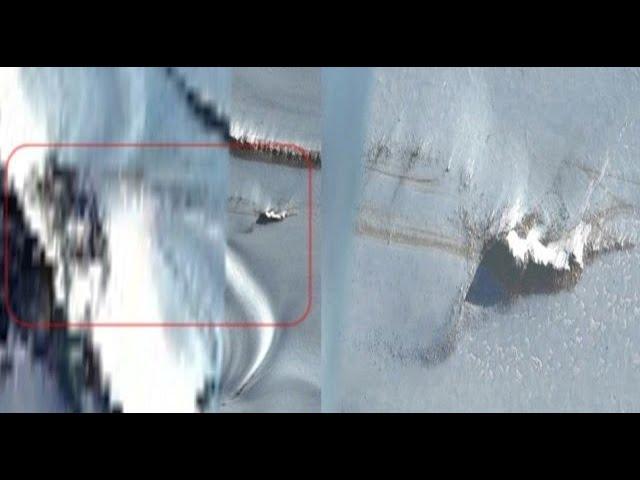
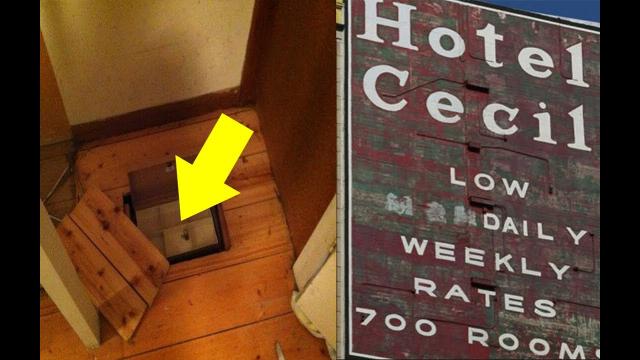
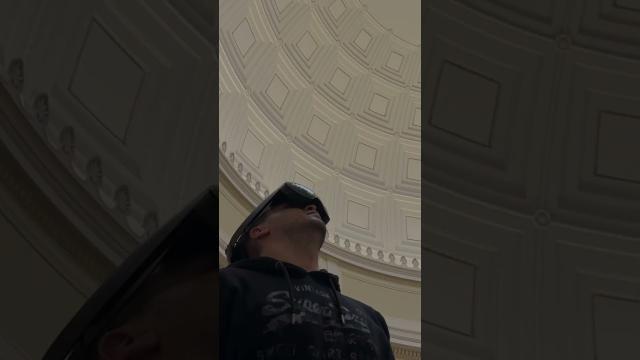
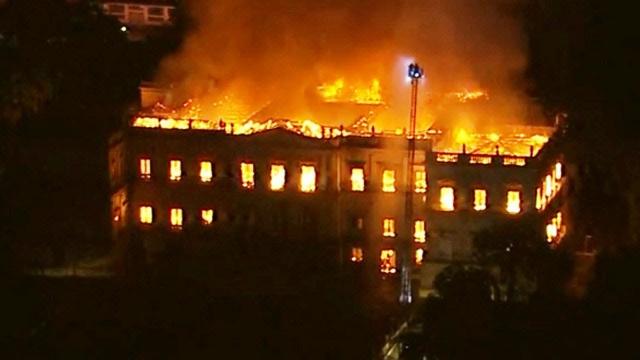
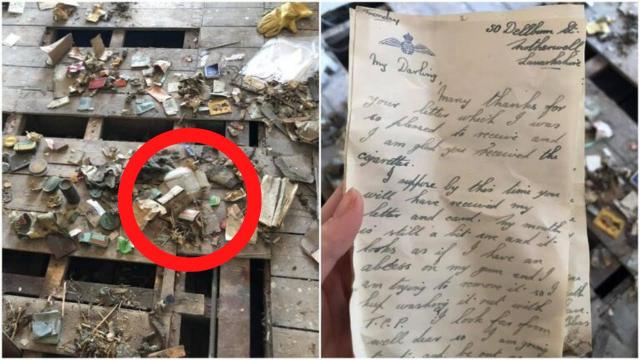








Comments